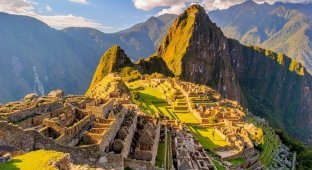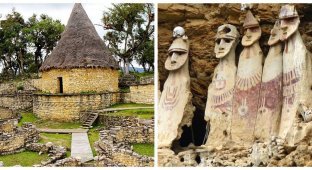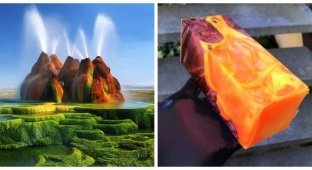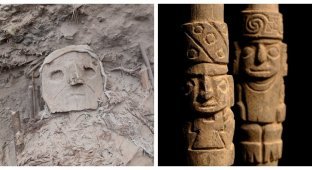7 interesting facts about the life and culture of the Incas (8 photos)
The Indian tribe of the Incas founded an amazing civilization that never ceases to amaze its descendants. Just look at the Pisac astronomical observatory, in which the Incas precisely coordinated their activities with the celestial bodies. In this post you will learn interesting facts about the culture and life of this amazing people. 
1. Pregnant Inca women followed many conventions 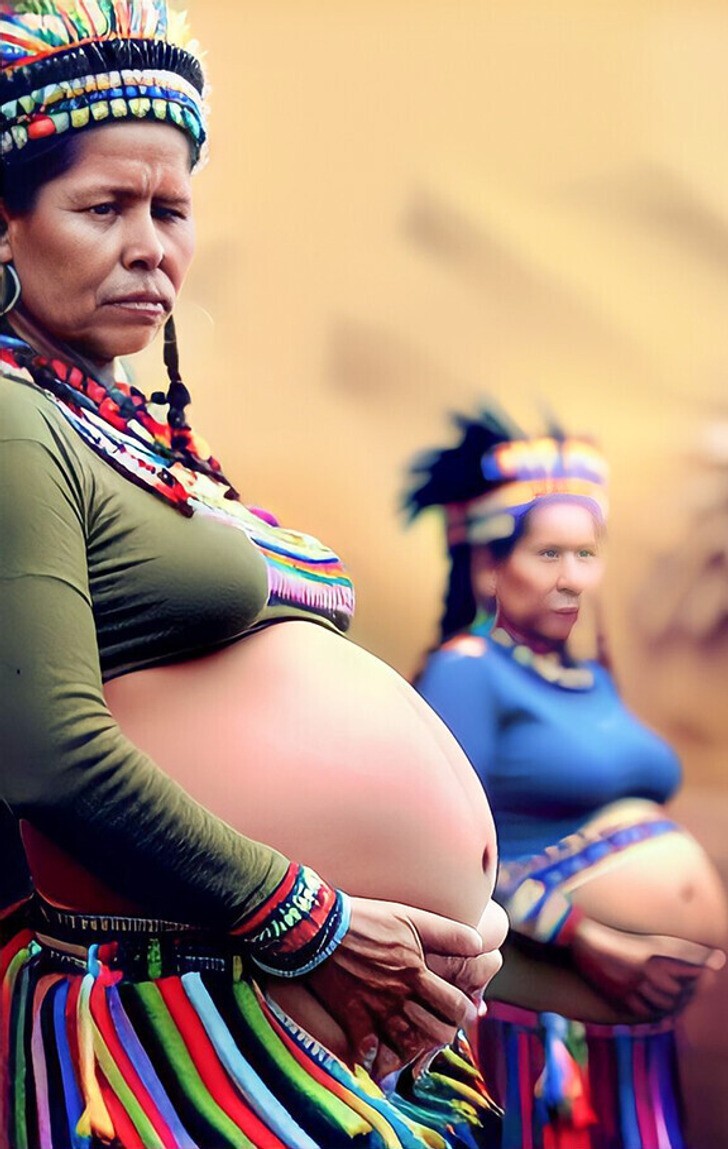
They were not allowed to see people sick, injured or dead, because this could lead, as they thought, to their child being born thin or ugly. They were not allowed to turn their backs to the sun; it was believed that this could cause difficult childbirth. They breastfed their children, they even had formulas that, according to tradition, increased milk production. Some of the options included infusions of sweet potato leaves, chocolate hazelnut smoothie, and others. If a woman gave birth to twins, she was taken out into the streets with a wreath of flowers and a grand celebration was held for her, since she was considered a woman of great fertility.
2. The ritual of boys entering adulthood 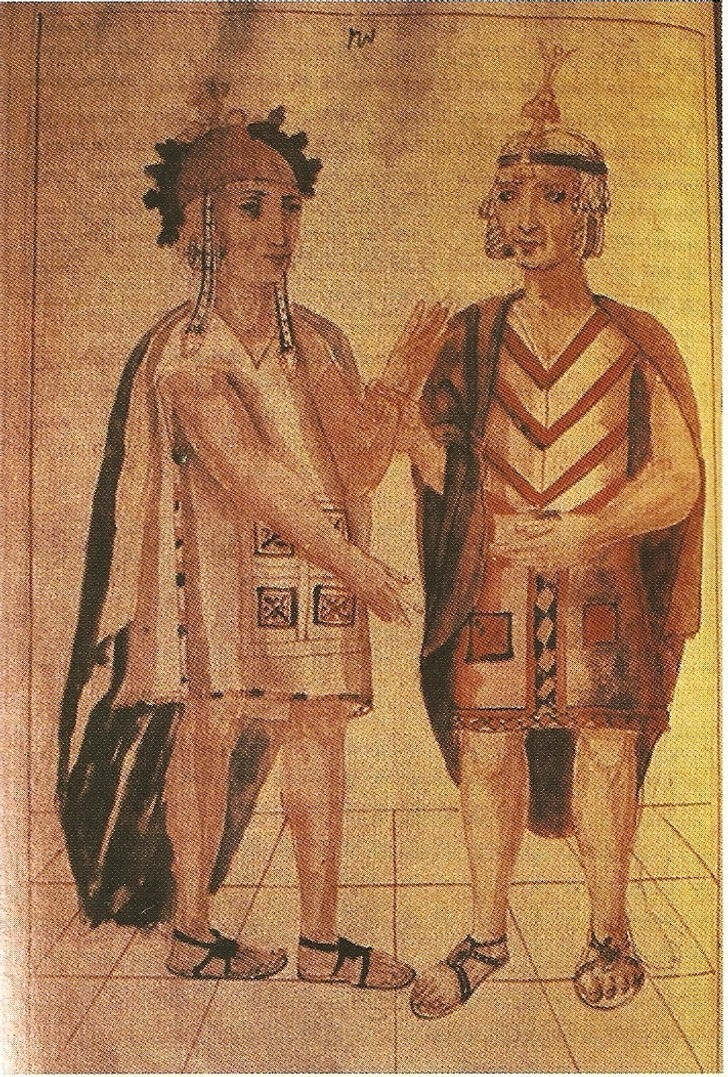
This civilization had rituals that marked the transition of a young man into adulthood, and they consisted, in particular, of tests of strength, courage, and dexterity. After approval, a ceremony was held at which they received a “varachikui,” which means “loincloth,” a kind of underwear. Women did not wear anything like that.
3. Education 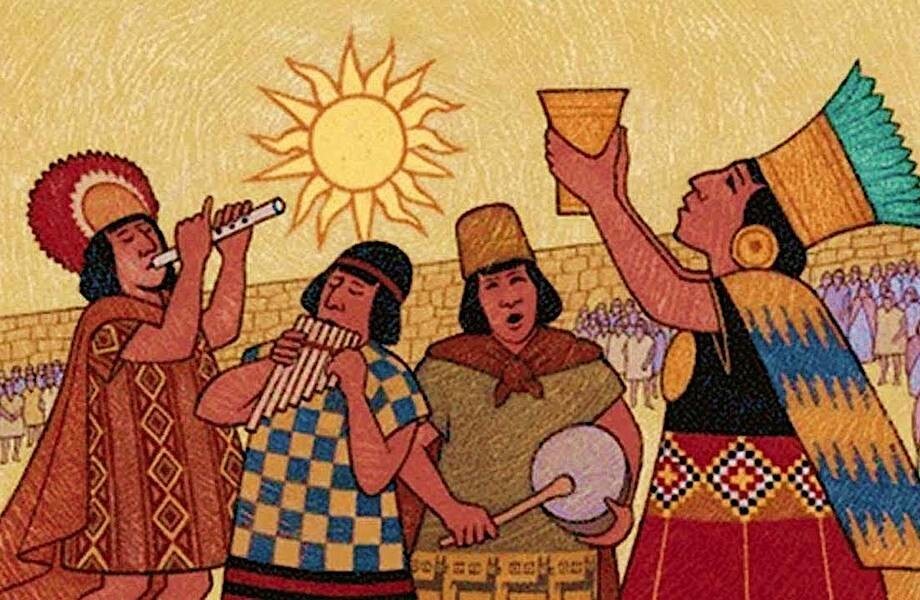
When a child turned six years old, the Incas gave him a “godfather” who was supposed to be a member of the Council of Elders. After this, a ceremony was held in which his hair and nails were cut and he was given the name chosen by his parents. As for education, it was given depending on the position in society. The education system was based on four years of education. The first year they studied the Quechua language, the second - the divine origin of the people, the third - they were taught to use the quipu (knot writing), and in the fourth year they delved into history and moral standards.
4. Food 
The Incan diet was based on potatoes, corn and grains. Most often, guinea pig meat was eaten regularly. The most common dishes were soups and stews, traditional Andean food. Fruits and vegetables that grow at lower altitudes were included in the diet a little later.
5. Construction 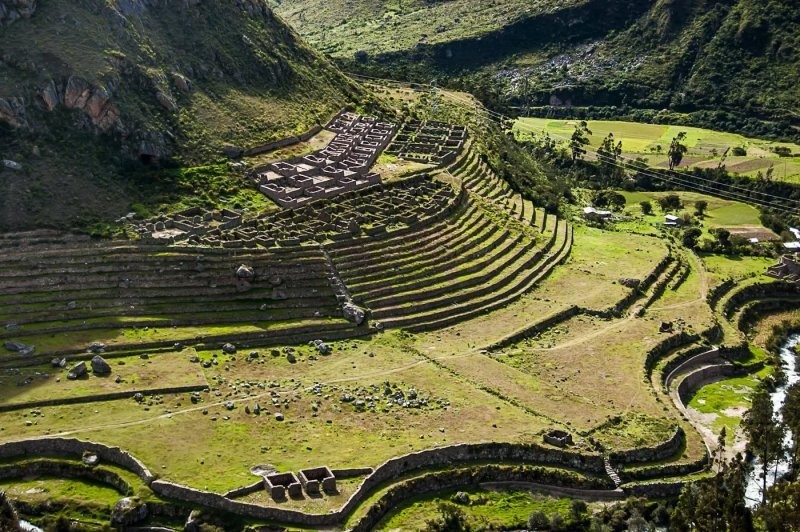
The Inca Empire knew very well how to build in such a way that buildings could withstand destructive earthquakes, which is why many intact buildings remain to this day. The buildings had many geometric features that were carefully planned to help the structure remain stable during both small and long-term earthquakes. But the most amazing engineering breakthrough of the Incas was the way they fit their building blocks tightly together, but at the same time they were installed in such a way that they would not break during an earthquake.
6. Writing 
A quipu is one common rope to which others are tied, hanging freely. Their number is not limited by anything, except perhaps by the volume of information that they wanted to convey. Among other things, the color of the threads also played a huge role. Different types of knots, different types of threads in the dexterous hands of “kipukamajoki,” as the “chroniclers” were called after knot writing, could store huge amounts of information. In this way, all information was collected from all corners of the Empire and transmitted directly to the emperor. But so far none of the modern scientists and historians have been able to “read” the kippa and unravel the language of the knots.
7. The deceased ruler took part in events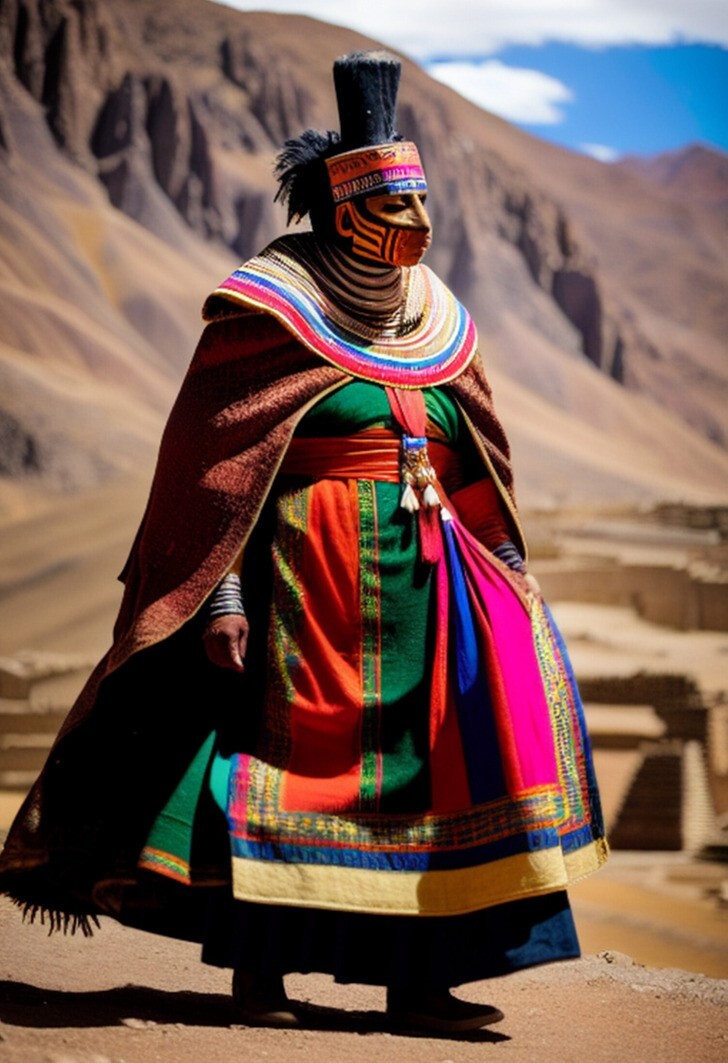
When an Inca ruler died, he was carefully mummified to ensure that he would be preserved for eternity. This is because the rulers were considered children of the Sun. These mummies wore magnificent clothes and also gold. After the funeral rituals, the monarch was placed in the palace in which he lived, and a butler was appointed to take care of him. This was believed to guarantee bountiful harvests and fertility of livestock. Usually mummies remained in their places, but sometimes they were brought to various important ceremonies.












